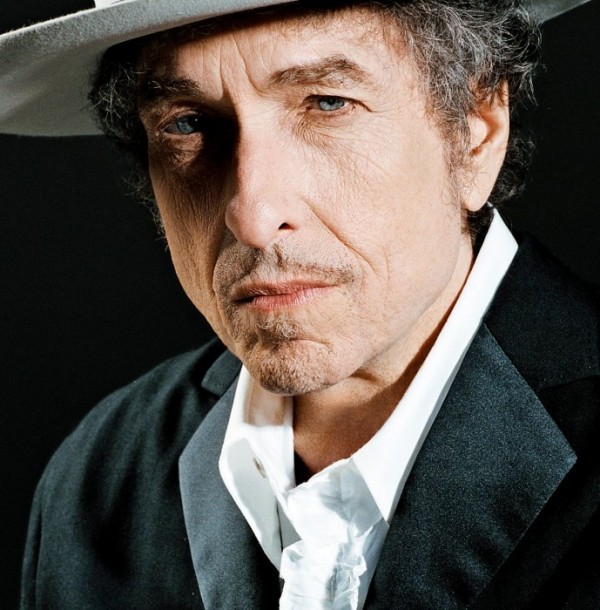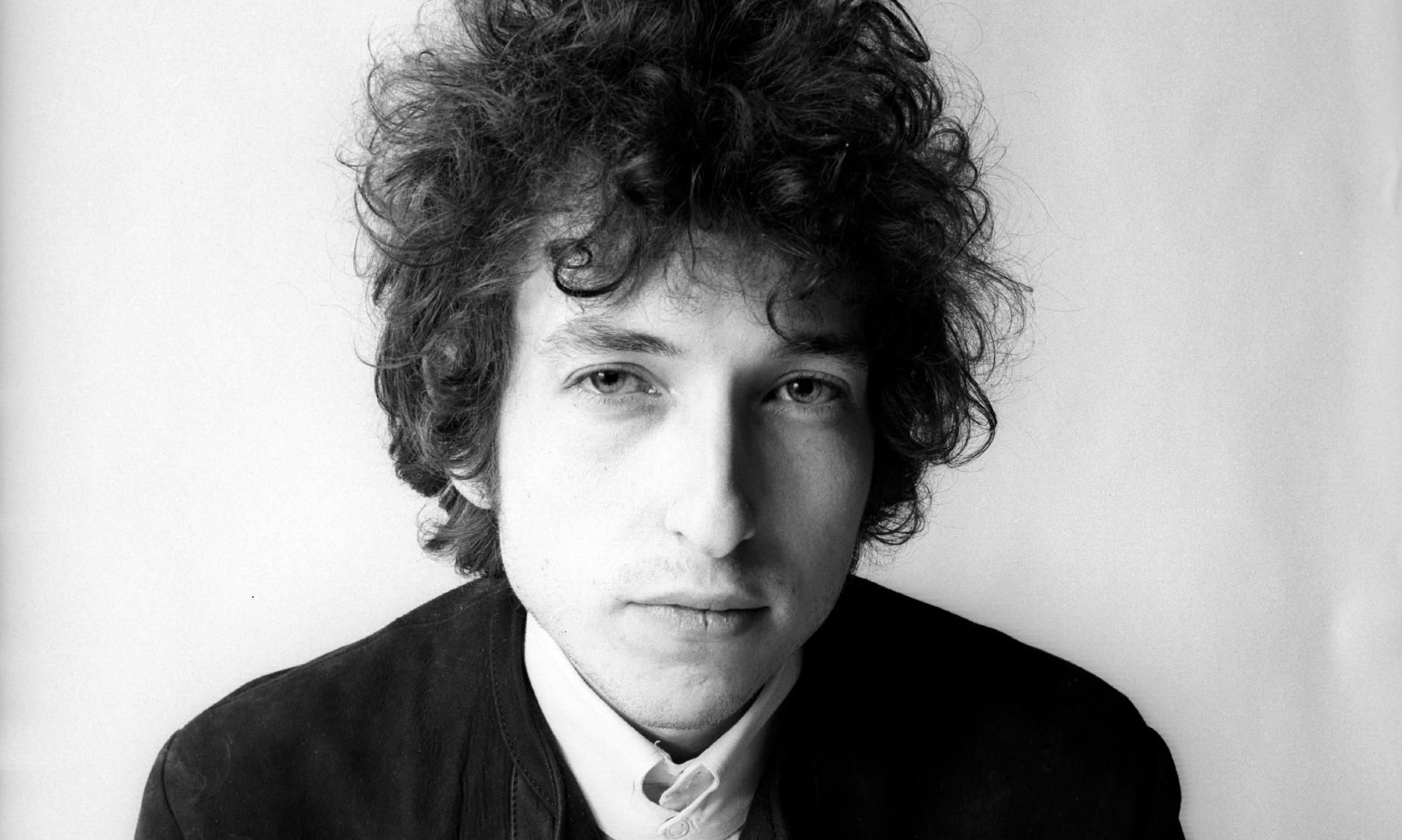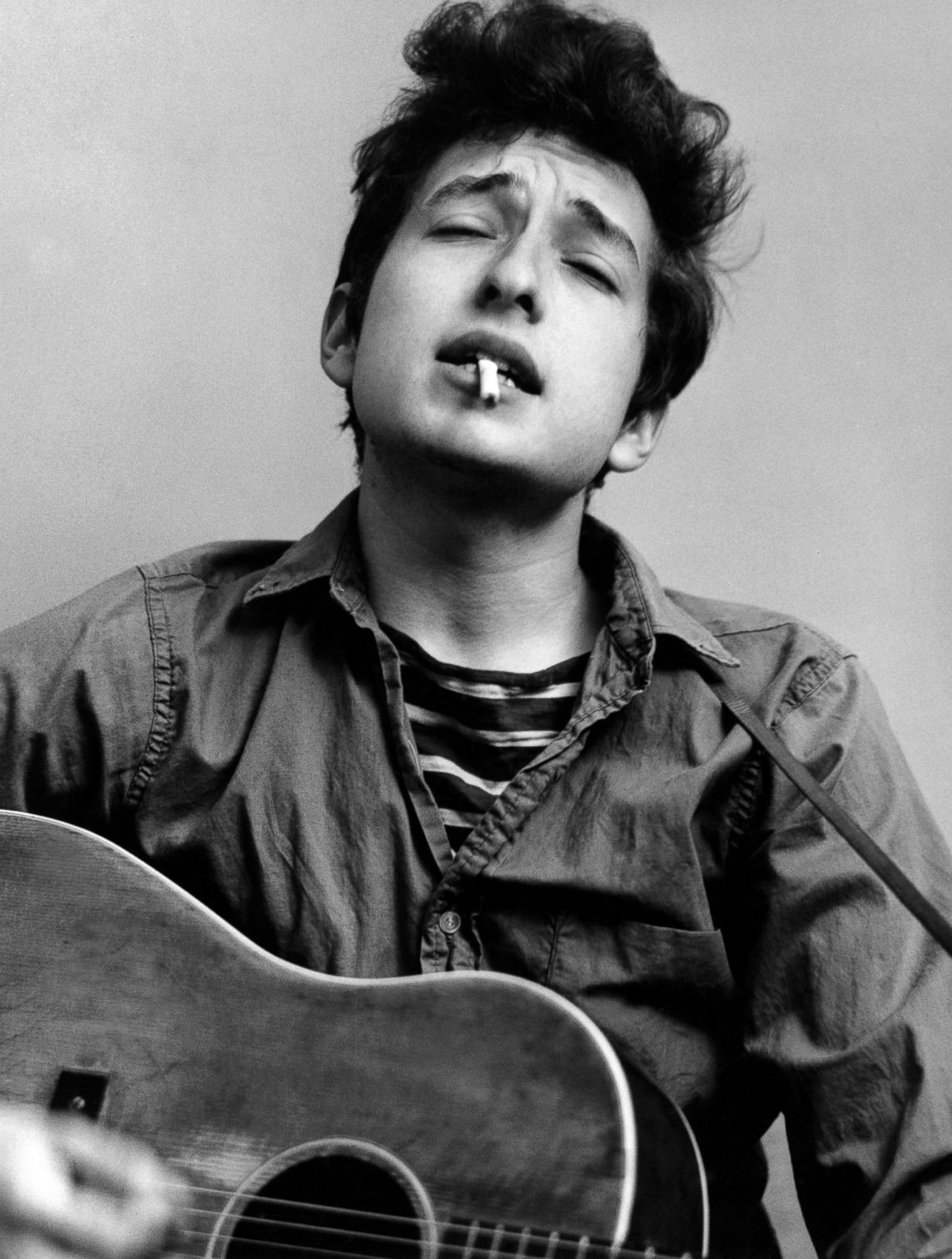AI-Generated Content
This article has been created using advanced AI technology to provide you with informative and engaging content.
AI-Curated Resources:
When we think about individuals who leave a truly lasting mark, who perhaps reshape how we hear stories or even see the world, a name like Dylan McKnight often comes to mind. It's almost as if some figures possess a unique way of expressing themselves, drawing us into their particular vision. We naturally become curious about their journey, how they came to be so impactful, and what shapes their creative output.
Now, as a matter of fact, the information we're working with here, the specific text provided for this discussion, actually details the life and work of a different person entirely: Bob Dylan. So, while our initial focus is on Dylan McKnight, the details we have to explore truly pertain to the celebrated American folksinger and songwriter, Robert Allen Zimmerman, widely known as Bob Dylan. We'll be using his story as our guide, you know, to understand the path of a truly influential artist.
It's interesting, isn't it, how the lives of different creative individuals can, in a way, offer similar insights into dedication and artistic growth? We can still appreciate the broad strokes of a remarkable career, even if the specific name we're looking at for the moment is different from the person whose details are shared. This exploration will, therefore, look closely at the facts given about Bob Dylan, offering a glimpse into a life of significant artistic contribution.
Table of Contents
- A Creative Life Uncovered - The Bob Dylan Story
- Who Is Dylan McKnight? Exploring Early Years and Background
- What Defines Dylan McKnight's Artistic Journey?
- How Has Dylan McKnight's Work Been Recognized?
- Dylan McKnight - A Family Perspective
- Where Can We Find Dylan McKnight's Music Today?
- What Are Some Influences on Dylan McKnight's Style?
- The Ongoing Presence of Dylan McKnight's Artistic Legacy
A Creative Life Uncovered - The Bob Dylan Story
When we begin to look at the biography of a significant creative person, it often starts with their given name and where they came into the world. For the individual whose details are shared in our reference material, a person widely recognized as Bob Dylan, his legal birth name was Robert Allen Zimmerman. He was born on May 24, 1941, in Duluth, Minnesota. This detail, you know, gives us a very specific starting point for understanding his background.
His family life, in those early days, included his father, Abe, who worked for the Standard Oil Company. This is a small but perhaps telling detail about the kind of environment he grew up in. About six years after he was born, his family made a move, relocating to a different place. These foundational years, as is often the case for many artists, could have played a subtle part in shaping his outlook and, in some respects, his later creative expressions.
The text we have suggests that this person, Bob Dylan, is thought of as one of the most remarkable song creators of all time. This is a very strong statement, really, indicating a widespread appreciation for his skill in putting words and melodies together. It is a sentiment that has been echoed by many, giving him a very high standing in the history of music composition. His ability to craft pieces that speak to a broad range of human experiences is, quite frankly, seen as exceptional.
His professional path, as described, spans a considerable length of time. The provided information notes a career that has gone on for "over six." While the exact unit of time isn't fully spelled out, it certainly implies a long and active period of artistic output, showing a remarkable persistence in his chosen field. This kind of longevity, you know, is something that few artists achieve, making his continued presence in the music world quite notable.
Personal Details and Bio Data - Bob Dylan
To provide a clearer picture of the individual whose life is described in our source material, here are some key personal details about Bob Dylan:
| Detail | Information from Source Text |
|---|---|
| Legal Name | Robert Allen Zimmerman |
| Known As | Bob Dylan |
| Date of Birth | May 24, 1941 |
| Place of Birth | Duluth, Minnesota, USA |
| Father's Name | Abe Zimmerman |
| Father's Occupation | Worked for Standard Oil Co. |
| Family Relocation | Moved six years after his birth |
| Marital Status | Married twice |
| Children | Six children |
| Notable Relationships | Split from Baez and Rotolo |
| Primary Profession | American folksinger and songwriter |
| Music Genre Shift | Moved from folk to rock music in the 1960s |
| Artistic Style | Infused rock and roll lyrics with the intellectualism of classic literature |
| Career Span | Over six (unit not specified) |
| Major Recognition | Nobel Prize in Literature 2016 |
Who Is Dylan McKnight? Exploring Early Years and Background
When we consider the early life experiences that shape a person like Dylan McKnight, or rather, the individual our text actually describes, Bob Dylan, we learn a few interesting things about his beginnings. He was, after all, born Robert Allen Zimmerman in the springtime of 1941, specifically on May 24, in the city of Duluth, Minnesota. This particular detail, you know, sets the scene for his formative years, giving us a very precise point of origin for a life that would become quite public.
His father, Abe, had a job with the Standard Oil Company, which gives us a glimpse into the family's situation. It's often the case that such details, while seemingly small, can paint a picture of the home environment and the kind of world a young person experiences. About six years after his arrival, his family made a change of scenery, moving to a different spot. This kind of early movement, you know, might contribute to a person's adaptability or perhaps even their sense of observation, which could be important for someone who writes songs.
The information we have highlights that this person, Bob Dylan, is seen as one of the most significant song creators of all time. This isn't just a casual remark; it’s a view held by many, indicating a deep respect for his particular way with words and music. He is, quite frankly, thought of as a true master in the craft of songwriting, someone whose work has left a lasting impression on countless listeners. This kind of reputation, really, doesn't come about by chance; it speaks to a consistent level of remarkable creative output over many years.
The period of his active work, his career, has extended for a considerable stretch. The text mentions it has spanned "over six." While the precise measure isn't given, it certainly points to a long and active period of making music and writing. This kind of staying power, you know, is pretty rare in the arts, showing a deep commitment to his craft and a consistent ability to connect with audiences over time. It suggests a life dedicated to artistic expression.
What Defines Dylan McKnight's Artistic Journey?
To really get a sense of what makes a figure like Dylan McKnight's artistic path unique, or more accurately, Bob Dylan's, we have to look at how his creative approach changed and developed. He began, as our source tells us, as an American folksinger and songwriter. This starting point is pretty important, as folk music often carries a strong tradition of storytelling and social commentary, which, you know, seems to fit his later work quite well.
A really notable shift in his artistic direction happened in the 1960s. During this time, he moved from folk music into rock music. This wasn't just a simple change of instruments or a different beat; it was a significant artistic evolution. It showed a willingness to explore new sounds and reach different audiences, which, in a way, made his music even more widely accessible and impactful. This kind of transition, really, can be quite a bold move for any artist.
What truly set his new style apart, however, was how he blended things. He took the words of rock and roll and, quite literally, infused them with the thoughtful depth often found in classic literature. This particular combination was, in some respects, groundbreaking. It meant that his songs weren't just catchy tunes; they carried a weight of meaning, a complexity of thought that invited listeners to think more deeply about the words. This approach, you know, elevated the popular song form, giving it a new kind of intellectual standing.
His work has been called some of the greatest songwriting of all time. This kind of praise, you know, speaks volumes about the quality and influence of his compositions. It suggests that his way of putting ideas into song has had a profound and lasting effect on the world of music. His artistic journey, therefore, is defined by this blend of tradition, innovation, and a deep, thoughtful way of crafting words that resonate with many people.
How Has Dylan McKnight's Work Been Recognized?
When we consider how a figure like Dylan McKnight, or in this case, Bob Dylan, has been recognized for his contributions, one particular honor stands out. Our source text mentions that he was awarded the Nobel Prize in Literature in 2016. This is a very significant award, as it acknowledges achievements in writing and poetic expression, which, you know, places his songwriting on a very high academic and artistic level, far beyond just popular music.
The motivation behind this prestigious prize was quite specific. The Nobel committee recognized him "for having created new poetic expressions within the great American song tradition." This statement really highlights the unique quality of his work. It wasn't just about writing songs; it was about finding fresh, inventive ways to use language within a well-established musical form. This shows, quite clearly, that his words were seen as having a literary quality all their own.
Beyond the Nobel Prize, his general standing as a song creator is also a form of recognition. He is, after all, described as one of the greatest songwriters of all time. This kind of widespread acclaim, you know, comes from the collective appreciation of countless listeners, critics, and fellow musicians. It's a testament to the enduring power and broad appeal of his compositions, showing that his work has touched many lives and continues to do so.
His career, which the text notes has spanned "over six" (again, without a precise unit, but suggesting a long duration), is in itself a form of recognition. Maintaining a creative output and a public presence for such an extended period means that he has consistently engaged with his audience and continued to produce work that is considered important. This longevity, you know, is a quiet but very powerful acknowledgment of his sustained artistic relevance and impact.
Dylan McKnight - A Family Perspective
When we look at the personal side of a public figure like Dylan McKnight, or rather, the person our text describes, Bob Dylan, some details about his family life come into view. The information we have indicates that he married more than once, specifically, he went on to marry twice. This particular aspect of his life, you know, shows a commitment to forming family bonds over time, something many people can relate to.
Beyond his marriages, the text also shares that he became a parent to six children. This detail gives us a sense of the size and scope of his immediate family. Having a large family, really, can shape a person's experiences in many ways, perhaps influencing their perspective on life and, in some respects, even their creative output, though our text doesn't explicitly connect these things. It just gives us a factual glimpse into his personal world.
The source also mentions specific relationships he had before his marriages, noting his split from both Baez and Rotolo. These names, you know, are part of the public record of his personal life, indicating that he had significant relationships before settling into his marital life. This kind of information helps to round out the picture of a person who, while famous for his music, also lived a life with its own personal connections and changes, just like anyone else.
These details about his personal and family life, while brief in our source, are quite telling. They show that even a person
AI-Enhanced Visual Content


